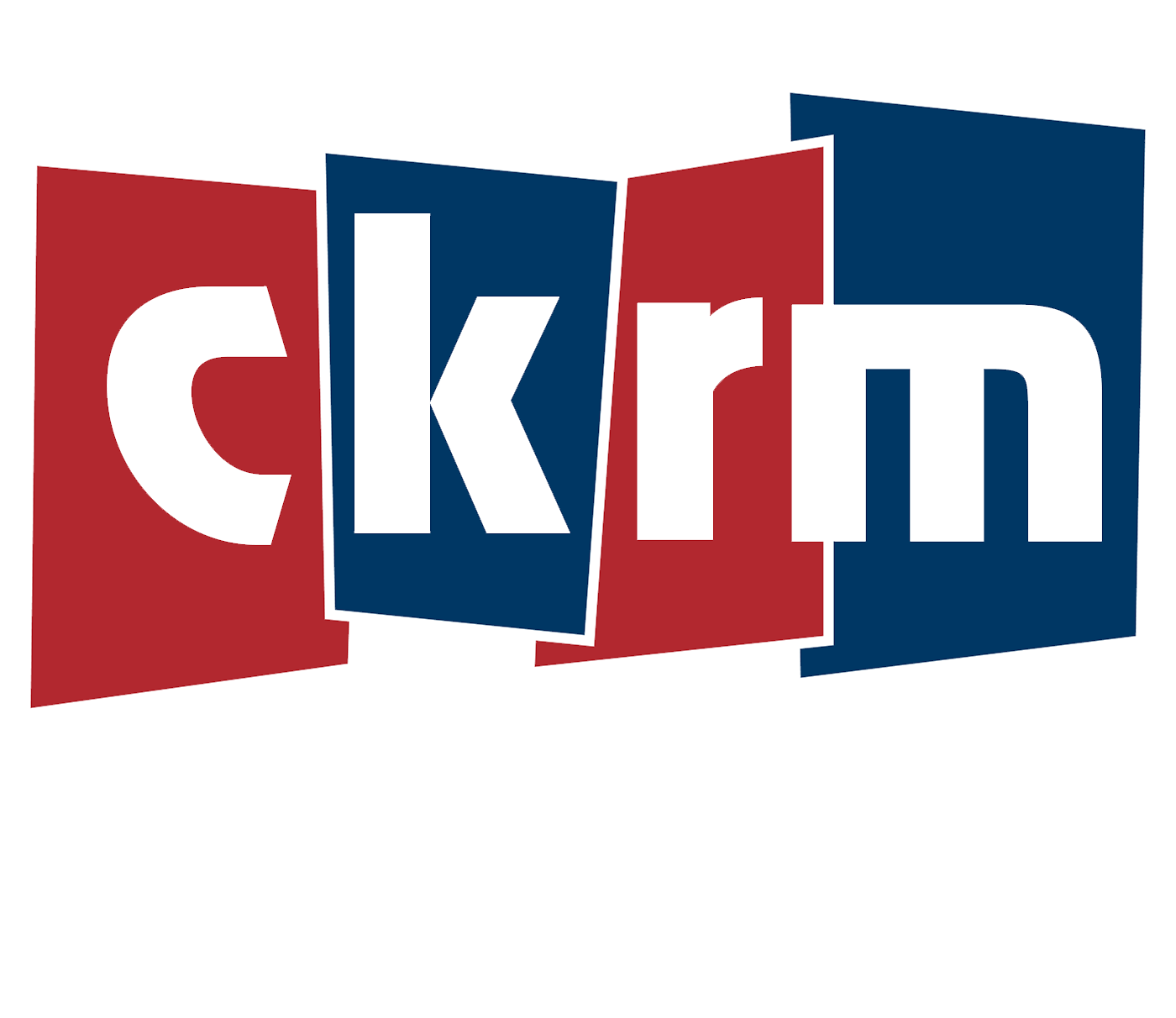LONDON (AP) — King Charles III is a man in a hurry.
After waiting nearly 74 years to become king, Charles has used his first six months on the throne to meet faith leaders across the country, reshuffle royal residences, stage his first overseas state visit and hold a sleepover at Windsor Castle that included the coach of the England soccer team. Then there was the big news: He opened the royal archives to researchers investigating the crown’s links to slavery.
“We are already surprised by the Prince Charles who was turned into King Charles and who we still call Prince Charles, because that’s how we think of him,” quipped royal historian Robert Lacey. “But, actually, he’s become a monarch quicker than people expected.”
With the coronation just weeks away, Charles and the Buckingham Palace machine are working at top speed to show the new king at work. And the public is seeing a new kind of sovereign as he tries to slim down the monarchy and show that it is still relevant in a modern, multi-cultural nation where reverence for Queen Elizabeth II muted criticism during her 70 years on the throne.
Out is the matronly decorum that characterized Elizabeth’s reign. In is a more human monarch, who held back tears as he addressed the nation after his mother’s death and threw a mini-tantrum when a pen leaked on his fingers while signing a book in Northern Ireland. The public had a good laugh. The king now carries his own pen for signing emergencies.
While Elizabeth progressed grandly through meetings with subjects who bowed and curtseyed before her, King Charles sat on the floor with the congregation during a visit to a gurdwara, or Sikh house of worship, in Luton, some 30 miles (50 kilometers) northwest of London. On his first state visit, he displayed an ability to properly roll his R’s while flipping between German and English in a speech to the Bundestag, the German parliament.
Germans were impressed. Britons were surprised. Who knew he could speak German?
It’s as if Charles, long derided as gray and stiff, has just stepped into the room. With extreme subtlety, his personality is starting to show, such as with the ever-changing pocket squares that give a dash of color to his conservative suits.
“Charles, the monarch, with his faults and virtues, has become a subject of more genuine interest,” said Lacey, the author of “Battle of Brothers: William & Harry and the Inside Story of Family in Tumult.”
“I mean, what pocket handkerchief is he going to wear? Maybe this will become the equivalent of the queen’s handbag.”
One reason Charles is so eager to get started may be because he knows he won’t have much time to make his mark.
The man who waited a lifetime to be king alluded to the march of time during a white tie dinner at the presidential palace in Berlin, saying he hoped he and Camilla would “live long enough’’ to return to see the sapling they had just planted grow into a tree.
But there are speed bumps on the horizon, some linked to history, others to family.
Charles tried to get ahead of the history question by promising openness about the crown’s links to slavery, but some think that commitment fell short.
Laura Trevelyan, whose ancestors enslaved at least 1,000 people on the island of Grenada, says the king should do what her family did and apologize.
“I hope that he will use some of the wealth that the royal family accumulated from the slave trade to better the lives of people in the Caribbean and in Britain who are descendants of the enslaved,” she told the Times of London.
Then there is family.
Charles continues to fend off criticism from Prince Harry, whose memoir “Spare” painted his father as distant and unsympathetic toward a son who struggled with the death of his mother, Princess Diana, and then had to fight for the royal family to accept his wife, Meghan, a biracial American.
Hugo Vickers, a royal historian and author of “Coronation: The Crowning of Elizabeth II,’’ compared the new king’s accession to the throne with being named chairman of a global corporation at a time when most people have retired. It’s a job where he will face questions of religion, the armed forces and politics, in addition to running the royal household and mediating family feuds.
“It’s a big thing to take on at that age,” Vickers said of Charles, who turns 75 in November. “So, yes, I suspect he’s a man in a hurry.”
But on another level, Charles’ long apprenticeship may also be an advantage, giving him more training and experiences to draw upon than his mother, who was just 25 when she became queen.
While Elizabeth, like all British monarchs before her, was educated by tutors, Charles was bundled off to Hill House School in London just shy of age 8 to begin experiencing the world outside the palace.
Richard Townend, the son of the school’s founder, was a contemporary of Charles’ at Hill House.
Townend said his father created the school as an antidote to what he had seen as a soldier, thinking that children who learned about other cultures would be less likely to wage war as adults.
“What he wanted to do was to make a school, which was quite unlike other schools at the time, in which half the children were not English,” Townend said. “They came from all over the world, so the children would learn to live with each other, different nationalities, different people, different colors, different races, different religions.”
“He felt passionately that if children learned to live in peace with each other, then the world could only get better.”
Charles eventually earned a degree in history from the University of Cambridge and spent six years in the Royal Navy before leaving to focus on his duties as heir to the throne.
As Prince of Wales he founded charities, including one that helps young people get jobs, education and training. He started an organic food company and dabbled in urban planning. Charles was also an early advocate for conservation and environmental protection.
That said, he ruffled feathers when he lobbied government ministers and spoke out against projects he thought threatened Britain’s historic architecture, drawing complaints that he had violated the prohibition against royals intervening in politics.
But the biggest controversy of Charles’ life was the breakdown of his marriage to Princess Diana amid stories about his long-time relationship with the woman who would become his second wife, Camilla Parker-Bowles. Many people still remember Charles’ admission of adultery and the leaked tapes of intimate conversations between Charles and Camilla, including one in which he compared himself to a tampon.
It took Charles years to shake off the failure of his first marriage, and many people were slow to accept Camilla.
In “Spare,” Harry wrote bitterly of the palace’s effort to rehabilitate Camilla’s image, suggesting that unflattering and untrue stories about him were leaked to the media in exchange for more glowing portraits of the senior royals.
Over time, Camilla’s charity work, her sense of humor and down-to-earth style won over the public, and she moved from being home wrecker to queen.
She will be crowned alongside her husband at Westminster Abbey.
“This is a man who has overcome problems and hurdles,” said Lacey, the historical consultant to the Netflix series “The Crown.”
“He’s loved despite the problems that he’s been through. He’s loved for his mistakes as well as for his virtues. We’re getting a rounded figure, and that’s what a personal represented monarchy is all about.”








